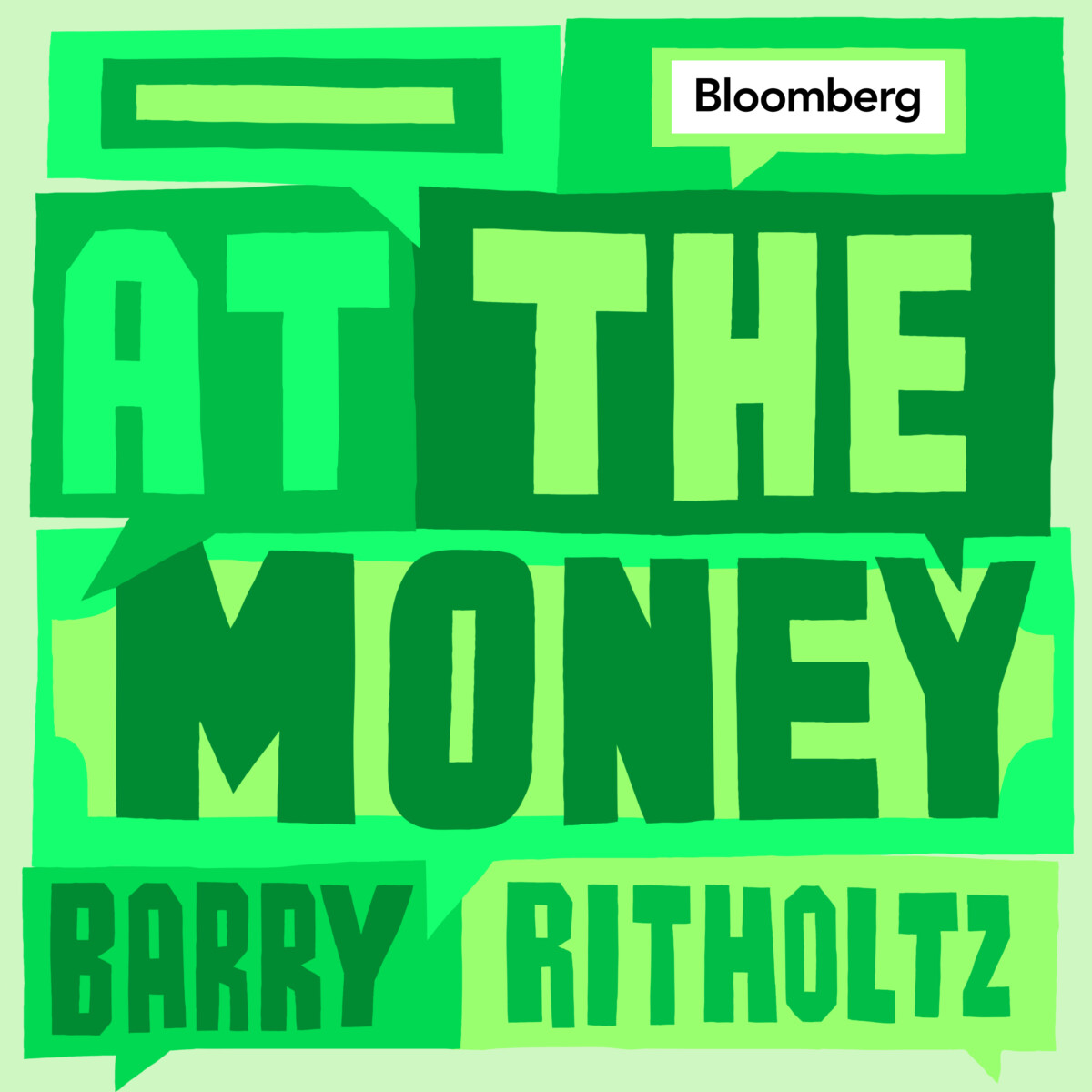The mainstream economic argument on externalities and public goods is, roughly, the following. Some phenomena are not priced by markets. Costs are imposed on involuntary parties, which cannot be compensated, leading the activities that generate them to be carried on over their optimal level. Alternatively, some benefits are not provided because private producers will not be able to do it at a profit, leading to an under-optimal supply. The government should intervene to solve these market failures.
But the conclusion is not as obvious as it appears; it might be more a wish than a solution. What are the incentives of politicians, bureaucrats, and voters to solve the externality or to supply the public good? What are their incentives to simply find correct information on costs and benefits, and to learn the economic theories necessary to calculate and interpret them?
An article in The Economist provides an illustration, perhaps inadvertently (“In Defence of Britain’s Public Toilets,” August 10, 2023). Public toilets are toilets made available by the government in public places such as streets. The standard economic argument would see them as part of the public places that only government can supply. We are told that they are increasingly rare in Britain, notably in London. This is inconvenient for many people (think of taxi drivers, for example). Moreover, seeing people who have to release themselves in public or the smell that lingers imposes what may be identified as a negative externality.
Why don’t municipal governments solve the problem? Why does the City of Westminster in Greater London choose to spend close to £1 million a year in cleaning costs instead of installing more accessible public toilets? Moreover, public toilets are not even technically a public good in the Samuelson sense, for it is easy to charge the user—although in France, it may start a revolution. Before 1948, claims The Economist, local councils like Westminster were not even “allowed” to provide public toilets! Without the government, who would provide public toilets?
Fortunately, there are private commercial solutions, perhaps imperfect, but which at least come with the correct incentives. In the second half of the 19th century, ornate public toilets appeared in London but they were rare for women. Not long after, an “almost revolutionary” innovation was introduced, for purely commercial reasons, by Selfridge’s, a London department store opened by an eponymous American entrepreneur:
In 1893 the first women’s toilets appeared on the Strand. When Selfridge’s opened in 1909 it offered its clientele toilets: letting women “spend a penny” made it easier for them to shop for longer. This, says Clara Greed, a professor emerita of inclusive urban planning at the University of the West of England, Bristol, was “almost revolutionary”.
Fortunately, like in America, private venues such as McDonald’s restaurants are great private providers of the toilet “public good”:
As Selfridge knew, sanitation can be symbiotic: McDonald’s is almost as well-loved for its regularly checked loos as its regular fries; the pub chain JD Wetherspoon is celebrated … for providing clean, spacious facilities. The chain’s founder, Tim Martin, honed these to compete on crowded high streets. Toilets, he thinks, are “a significant percentage of the appeal of the pubs.”
Public goods and externalities provide a too-easy and often frivolous excuse for calling in Big Brother. Private solutions are never perfect, but neither are government solutions (although I would not criticize municipal governments installing more public toilets, up to the point where it would duplicate private solutions). In an important article, James Buchanan explained more generally why government failures are often worse than market failures (“Politics, Policy, and the Pigovian Margins,” Economica, New Series, Vol. 29, No. 113 [February 1962]):
To argue that an existing order is “imperfect” in comparison with an alternative order of affairs that turns out, upon careful inspection, to be unattainable may not be different from arguing that the existing order is “perfect.” …
Since there will be nothing in the collective choice process that will tend to produce the “ideal” solution, as determined by the welfare economist, the presence or absence of a Pigovian marginal divergency in the market solution, even of sufficient seriousness to warrant concern, provides in itself no implication for the desirability of institutional change.
We tend to underestimate the challenges that James Buchanan and public-choice theory represent for mainstream and sometimes naïve economic discourse.
















